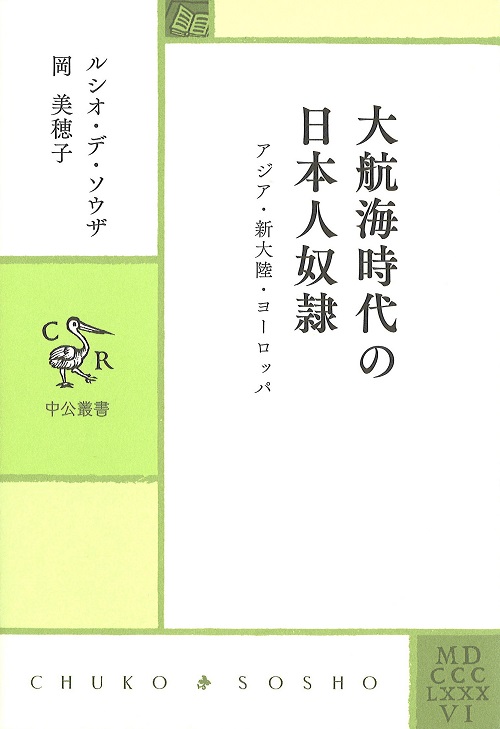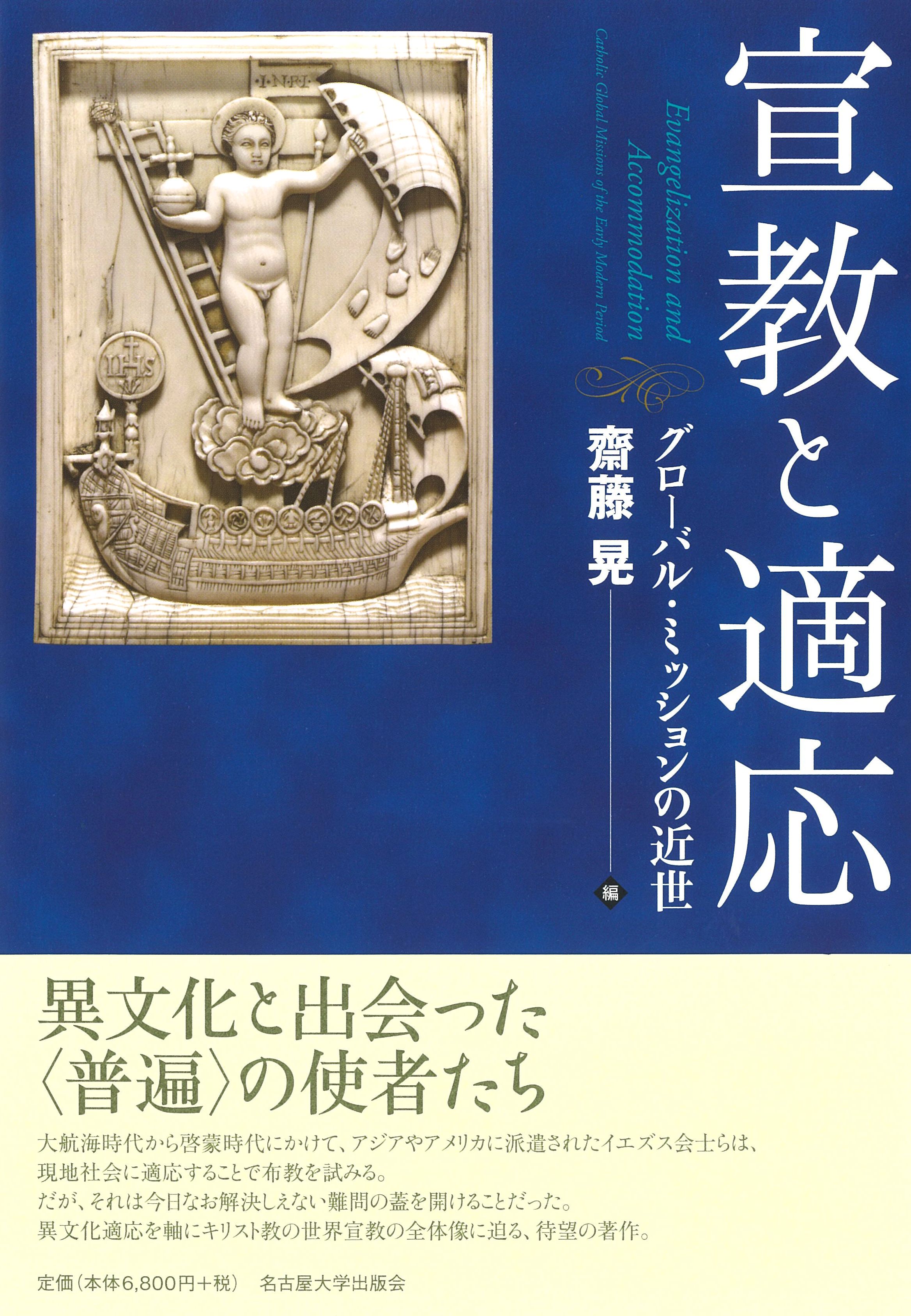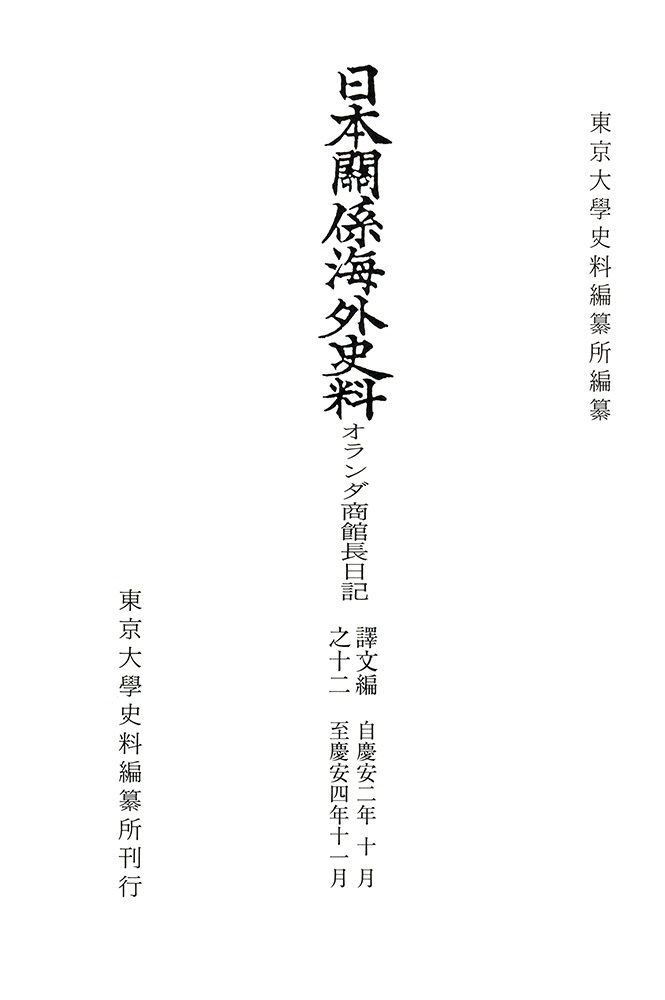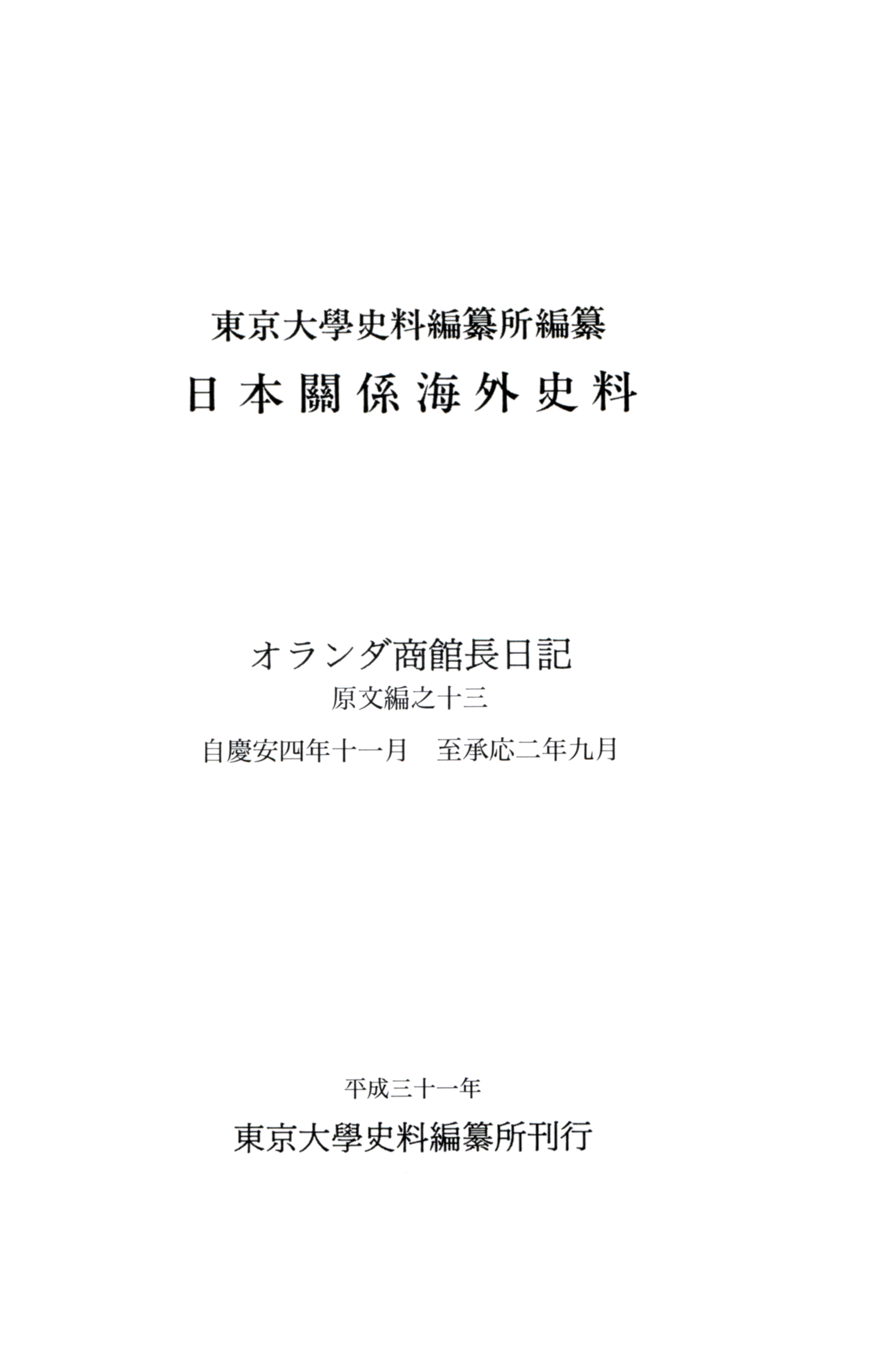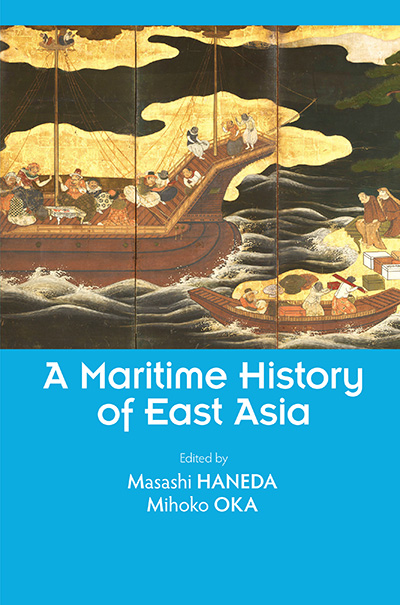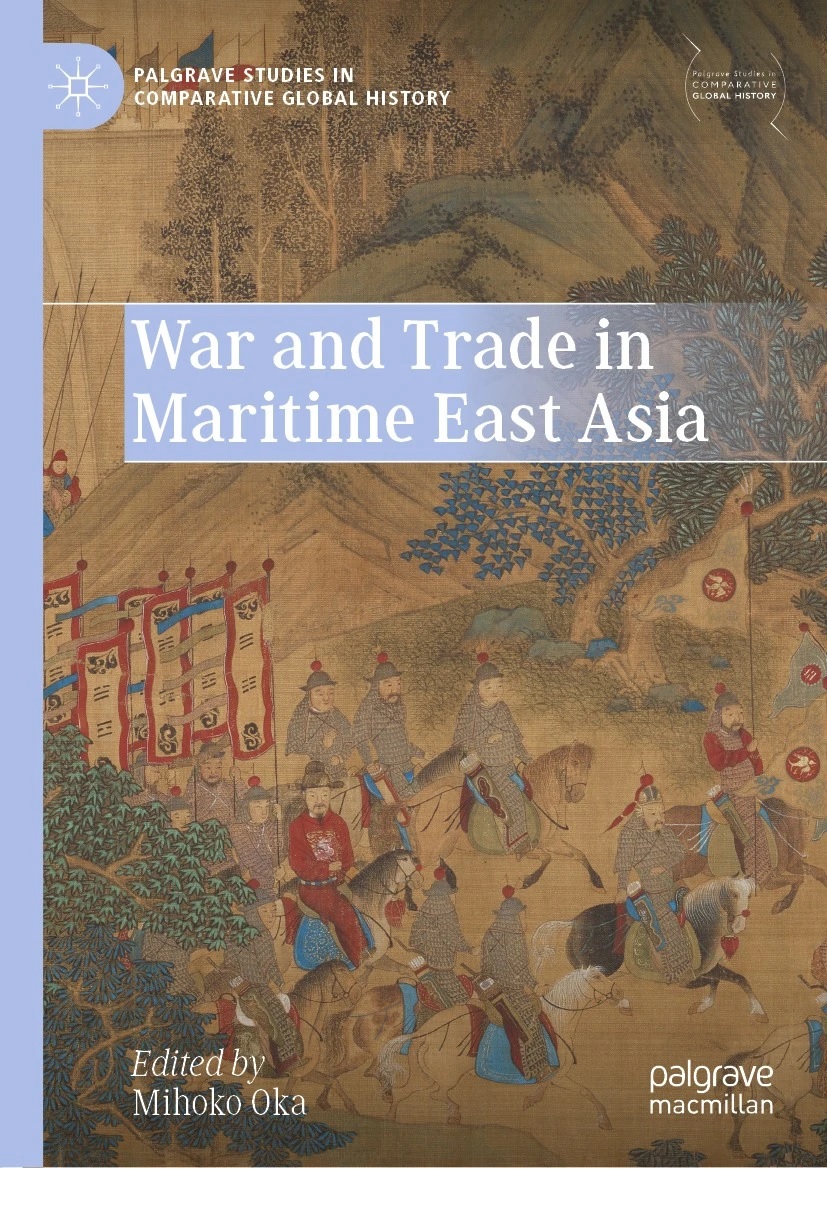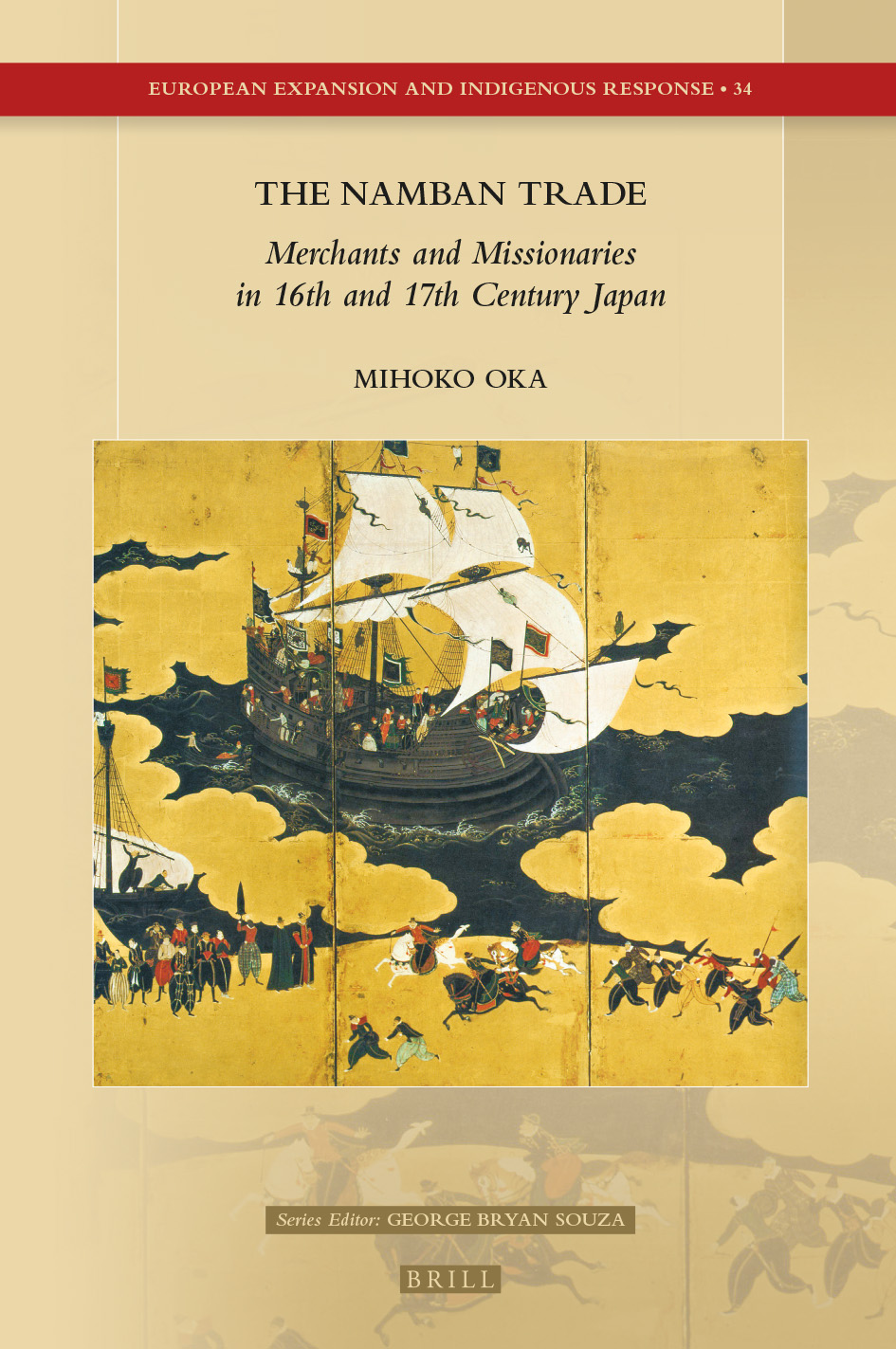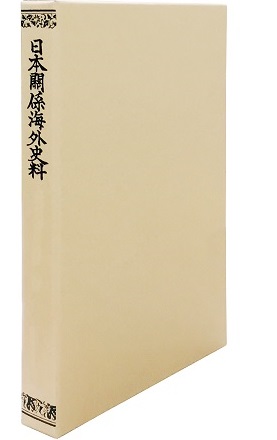
Title
Nihon Kankei Kaigai Shiryō: Iezusu-kai Nihon Shokan-shu (Jesuit Letters Concerning Japan Collection, Volume 4)
Size
410 pages, A5 format
Language
Japanese, English, Spanish, Italian, Portuguese
Released
April 25, 2018
ISBN
978-4-13-092744-4
Published by
University of Tokyo Press
Book Info
See Book Availability at Library
Japanese Page
The Jesuit Letters Concerning Japan Collection (Iezusu-kai Nippon Shokan-Shu) is a collection of local reports from Jesuits who stayed in Japan primarily during the 16th century. The collection has been used as a source of information on Japan from the perspective of missionaries, around the time when Japan was on the cusp of the Sengoku Period, a long period during which many historical documents were lost or damaged because of the war. The collection is primarily written in Portuguese, Spanish, and Italian. This volume contains handwritten manuscripts housed in the Portuguese Archives, which were transcribed and translated. It includes both original and translated texts from Japanese missionary records (20) between January 1560 and October 1561. Though the publication of this series began in 1990, the original and translated documents were published separately over a period of several years in the past. This volume, which includes the original and translated versions of each text, has become more accessible as a collection of historical materials. People can read and compare both texts.
This volume offers detailed reports of successful Jesuit missionary activities in various parts of Japan. The descriptions of missionary activities in Kyoto in 1559, including the conversion of the population and the morphology of their belief in Hirado, Ikitsukishima, Takushima, etc., are particularly interesting. I would like to introduce the outline of two of the letters that will be discussed in detail in this project.
In the “Letter to the Provincial of India from the Japanese biwa monk Lorenzo, dated June 2, 1560 (No. 131)”, the Jesuit Priest, Gaspar Vilela, accompanied by the former biwa houshi (biwa minstrel) Lorenzo on his trip up to the capital, discusses their activities in Kyoto. Initially, Vilela and Lorenzo lived in the capital and began their missionary work. Soon, they were reviled by the people of the city. Since their landlord also hated them, they were forced to wander from house to house. However, after a favorable audience with Shogun Ashikaga Yoshiteru, the attitudes of the people softened toward them. From then on, Buddhist priests from a variety of sects visited them to participate in doctrinal debates. While many Buddhist priests initially visited out of intrigue or jest, after participating in the doctrinal debates some of them began to convert to Christianity. Similarly, members of the lower aristocracy who were master of Onmyodo, such as Kamo-no-Akimasa, also began to appear. Even after Edo Shogunate's ban against Christianity, the knowledge of medicine and astronomy brought by the missionaries was passed down among intellectuals in the form of Nanbanryu and Orandaryu, though it is presumed that missionaries were already sharing knowledge of astronomy through their work during this time.
Luís de Almeida, who had been engaged in missionary activities in the Bungo Province, was appointed by the Head Missionary Torres to perform missionary activities in northern Kyushu in June 1561. This is explained in detail in the “Letter to the Provincial of India from Luís de Almeida, dated October 1, 1561 (No. 147).” Almeida left the Bungo Province to stay in Hakata. After the fall of the Ouchi clan in Hakata, many of the affected people migrated. One of these people was the elderly sekkyousha (preacher) of Ouchi Yoshitaka, and possibly of Ouchi Yoshinaga as well, who had converted to Christianity after a week of doctrinal debates with Almeida. When Almeida arrived in Hirado, he was greeted by Yasutsune Kodeta, who had already converted to Christianity. Almeida's destination included the central area around Hirado port, Kasuga, Shishi, Iira, Ikitsukishima, Takushima, and so on. The details of Christianity in each region are described.
We received generous cooperation for this project from the Roman Jesuit Archives (Archivum Romanum Societatis Jesu).
(Written by OKA Mihoko, Associate Professor, Historiographical Institute / 2018)



 Find a book
Find a book


